A more than a brief snippet of our memorable experience in Cuba – a country that enriched us with its unique history, uplifting people and rich culture.
When we first decided to go to Cuba for our long-holiday in 2016, i have to admit it was not at the top of my list. It seemed like the only reason people wanted to go there was to see the time-warp with old cars and “old way of living”. I always felt many western tourists romanticized the poverty in third-world countries too much for my liking. So leading up to the trip, i was fairly neutral in enthusiasm but promised to keep an open mind. At the very least i am always excited about visiting a country where i can practice my spanish. However, as we spent more time in the country, it grew on me – not the usual themes of natural beauty, food etc… but the knowledge of their unique lifestyle, the ironies of their political system and most importantly the friendly and happy disposition of the Cubans.
Before i go into my experiences, i would like to highlight 3 key logistical issues to plan ahead, in case you are planning to go as well (assuming these issues still exist when you read this!). I won’t bore you with the details here, but if you are interested, i have more detailed blogs for that. To begin with, it is a fully cash-based economy. So besides carrying lots of cash (useful but not critical), having a non-US visa or master card is important. More details on what worked for us and how we would do it differently next time in my other blog – Money in Cuba. Likewise, travelling between cities. We found using taxis to be our best option. Again, more details in “Transportation within Cuba”. Finally booking casa particulares – not as straightforward as booking hotels online, but getting there. Again, more details in “Accommodation in Cuba”. Last but not the least, to enrich your experience to the fullest, spanish knowledge (more than just “Hola”) is incredibly valuable.
Now onto my experiences. I don’t know where to start – so i will just go with the flow and hope it captures the essence.
Like most travellers, we decided to cover the standard cities in the island to get a flavour of the country – that included the more popular and hence more touristy havana and vinales in the west and then more “local” santiago de cuba, camaguey, trinidad and cienfuegos. We also decided to have a break from all the cultural experiences by going for a beach resort for 3 nights at cayo coco right in the middle of our trip. Despite being there for 3 weeks, we still couldn’t find time to visit the beautiful rainforests of Baracoa in the guantanamo province.
The different cities provided very different insights to the country, as they function today.
Havana was a very typical big city – the old town was super touristy, resembling a large museum with tourists roaming around to see all the colonial buildings. The city squares were filled with entertainers where the tourists took a break from all the walking. A scene very typical of any European city. After 1 or 2 days, we got tired of this. The hot sun didnt help. The fort of Morro in the tiny island just off the city provided us the peace and calm from the bustling city. We also enjoyed walking along the water front (called Malecon) in the evenings, providing a nice breeze after a hot day. Havana also had a few more choices for restaurants and breakfasts compared to others. Overall, my lasting impression of Havana was that it is changing dramatically towards a “run-of-the-mill” big city growing chaotically funded by tourism.
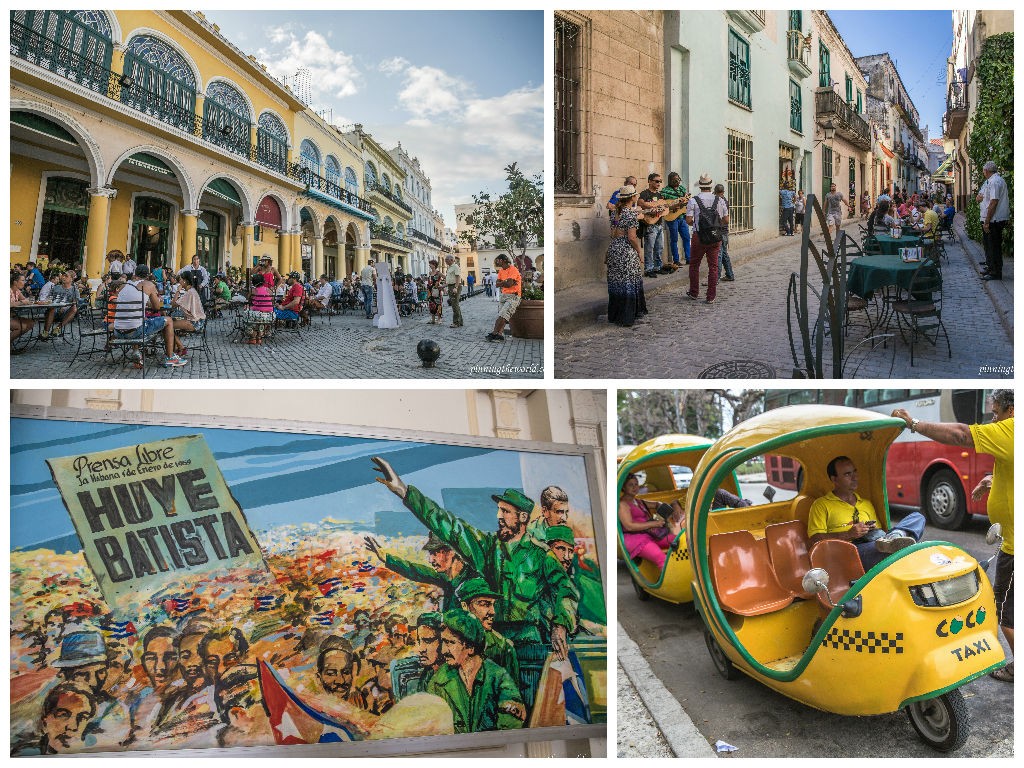
The colonial buildings and the romance of revolution are attracting ever-increasing number of tourists
Vinales was definitely one of the surprises of the pack. I was expecting a quiet and dusty old village surrounded by tobacco farms. To my complete surprise, it turned out to be one of the most prosperous towns, thanks to tourism. It was the perfect airbnb-town, with practically every house in the main street serving as a casa particular. With the incomes from tourism outstripping the low cost of living for the locals, you could see the prosperity in many houses. People were very relaxed, chatting their days and evenings away. The town was surrounded by the green valley filled with tobacco farms. We had a wonderful private tour in one of them and were super thrilled to try our first authentic cuban cigar! Smitha became an expert very soon and was thoroughly enjoying the taste and the smell more than me :). In addition, we were lucky to experience local hospitality with a Vinales family in a farm house. It was a traditional creole dinner – rice with beans, chicken, salads, fruits, all accompanied by a home-brewed cherry wine. We had our own private surroundings in their courtyard. There were 3 generations in that house, with the 4th one on the way. The head of the family was super friendly and was thrilled to hear that we were from India. People there loved India for providing some vital food items like milk during the 90s when Cuba was crippled by the fall of USSR and the US embargo. The experience also shed light on the high margins tourism was providing the locals. They were able to buy items at the ration shops at local currency CUP and getting paid in the international one called CUC (which is 24x more valuable than CUP). No wonder Vinales was so prosperous with so many folks involved in tourism industry.
Our next stop was Santiago – a diametrically opposite experience in many ways. It was truly a dusty old city, with narrow roads filled with highly polluting vehicles. The first impression for me was that of irritation, killing the la-la-land experience of Vinales. However, on further exploration the city started revealing its rich character that tourism was masking in others. Santiago had very few tourists and we started noticing the real essence of the city – it is far more poor, with people having nothing to do but just sit around and gossip. Due to the lack of tourists, there were also fewer decent options to eat. We also started noticing more of the ration shops where locals got most of their items (subsidized and restricted to bare needs). There were also many clothing shops which appeared to be run by the government. Besides the lack of work, another disturbing scene was the presence of many highly dilapidated buildings that were still inhabited by families. I started feeling a bit guilty taking pictures of what is essentially an extremely poor city. Santiago definitely provided a reality-check for me. While tourism was driving growth in Havana and Vinales, the rest of the country (and population not employed in tourism) are being left behind, creating a rich-poor divide that this system was supposed to avoid in the first place. On the bright side, the city exhibited unique character through its impressive colonial buildings and more importantly the music and dance that was omni-present. Historically the Spanish govt used to provide support for maintaining these buildings in Cuba, but have stopped due to their own economic woes. Now the Cuban government was renovating them as and when they could afford it. We also started experiencing the love for music and dance from the locals. One important street there was Heredia, which boasted of many music/dance cafes. Though many of these are indeed touristy, there were still incredibly uplifting and fun. For instance we ran into a group of youngsters who were practicing a group salsa dance for some program – it was absolutely mesmerising – in a smooth flowing performance, they were mixing partners, dancing in 2s and 3s, all without missing a beat or smile and clearly having fun with it. My hypothesis is that this strong cultural side of Cuba is what is making them such a friendly and relatively happy bunch, despite their problems. The Cuban government apparently places a huge premium on keeping this rich culture alive even during their testing years in the 90s. Finally we also had some nature fix at “grand piedra” – the great rock. It was a beautiful tranquil area where we had a nice hike and tasted some fantastic local coffee (i have now become a fan of espresso with a pinch of honey). I would recommend doing this to escape the noisy and polluted city for a while.
We then headed to Camaguey just for a night. Was a nice little town that appeared reasonably well-off again. Had far more tourists given many tour buses made a 1-day or 2-day tours from Trinidad or Havana or from one of the many beach resorts. The best part was the nice musical program by the locals at the city’s main square. It was super enjoyable and relaxing and we learnt a few spanish songs.
Then we headed to our beach resort in cayo coco. It was a nice break to be in a slightly modern accommodation with practically nothing to do except watch TV or hang out in the beach and then eat. This was our first experience in an all-inclusive resort. It felt a bit cheesy at first. The place was flooded with canadians. However i was quite impressed by the quality and effort the resort put in for the evening entertainment – it was quite enjoyable and we were glad we took a break from all the culture and reality of Cuba. Though we had a nice and relaxing time, these were defnly not the best beach resorts in the world, in terms of luxury or beach beauty. Unfortunately the 3 days we were there were also the 3 days with a tropical storm. So we didnt really get to enjoy the sun a lot here, although we did spend some time in playa pilar, famous for its soft sand. To compensate for this, we headed out to another beach in Trinidad and spent a whole day relaxing.
After that we were off to the famous city of Trinidad for another 3 nights. This was one of the more beautiful cities, again with some affluence atleast in the main centers and touristy areas. By now we had gotten used to the touristy schedule of walking around, having cocktails and fresh fruit juices and enjoying some local music and dance. So for a change, we started venturing into the less touristy areas and it was quite revealing. Once again, we were now in areas that were not touched by tourism and hence you could see lots of people with nothing much to do, similar to the experience in Santiago. Now for the first time people even went to the extent of asking us directly for items like soaps, shampoos, pens etc…, bringing us back to reality. The story was the same everywhere – tourism was creating a rich section of the society while the rest are left behind. We also got a nature fix here at topes de collantes which included some nice hikes and a nice little waterfall to cool down.
Our final stop before heading back to Havana was Cienfuegos, for 2 nights. This city was unique in the sense that it had more french architecture than spanish ones, reflecting the history of french occupation. We also came to understand that France still supports this city in the up-keep of the buildings – both directly and by setting up a school that teaches renovation and maintenance. This city appeared quite affluent although few tourists stayed overnight here, due to the proximity to Havana, Trinidad and the resorts. So the tourist industry was not flourishing as much and you could see many people just killing time in the river front in the evenings. Yet, it did not have the poverty that we saw in Santiago or in the outer alleys of Trinidad.
Finally we were back in Havana for about 3 nights, which, in hind-sight, was too much. Given the hot weather, we ended up being in our rooms during the day and then just spent the evenings roaming around and finding some nice restaurants to relax and reflect. Some things which were fascinating during our first day in Havana appeared tiring the second time around – for example the incessant propaganda on the success of the revolution you see all around Havana (and in other cities) tempted me to tell them to move on from history and look to the future! Of course i didnt want to get stuck in a Cuban prison – so only Smitha got to hear my thoughts 🙂
During our trip, we were very fortunate to be able to converse in Spanish with the locals. They in turn, were super helpful by speaking relatively slowly. This gave us a fantastic opportunity to understand their lifestyle which they were more than happy to share. In fact, many even shared their political views candidly, which were mostly balanced while some quite critical of the government. The long taxi trips between cities provided the safety and privacy to have these sensitive conversations. This was by-far the best aspect of the trip for me. While we were impressed by the high levels of education and superior health systems in the country, it was sad to see how these highly educated folks were being wasted through lack of opportunities. The changes could not happen faster for many locals and therein lies their hope.
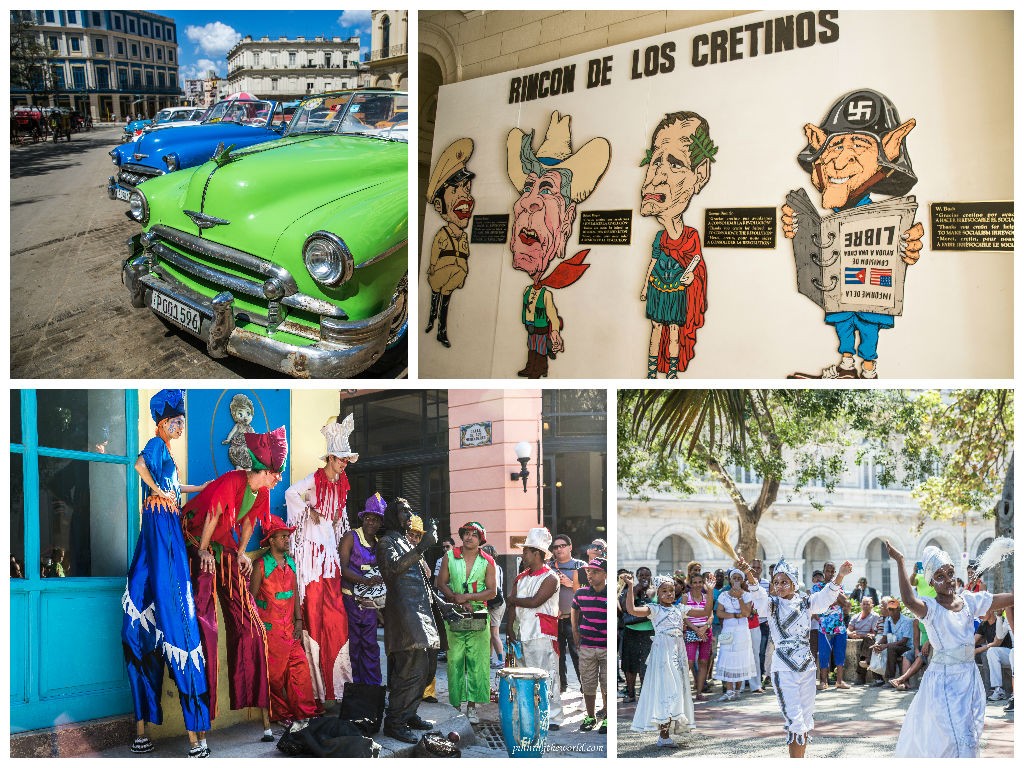
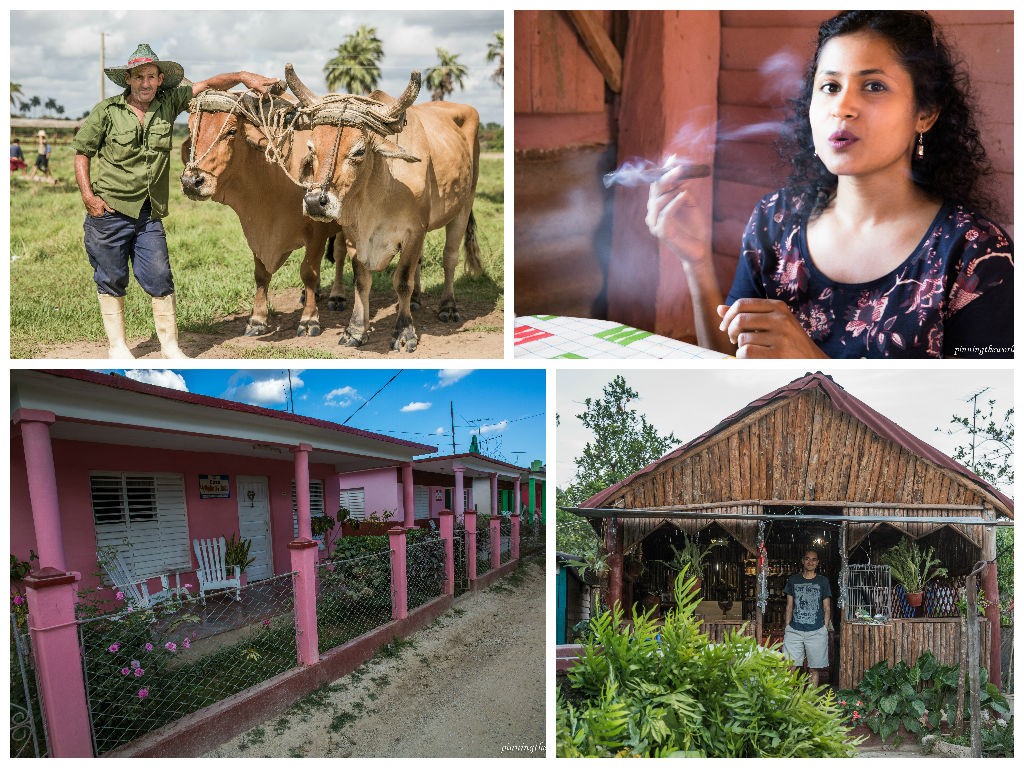
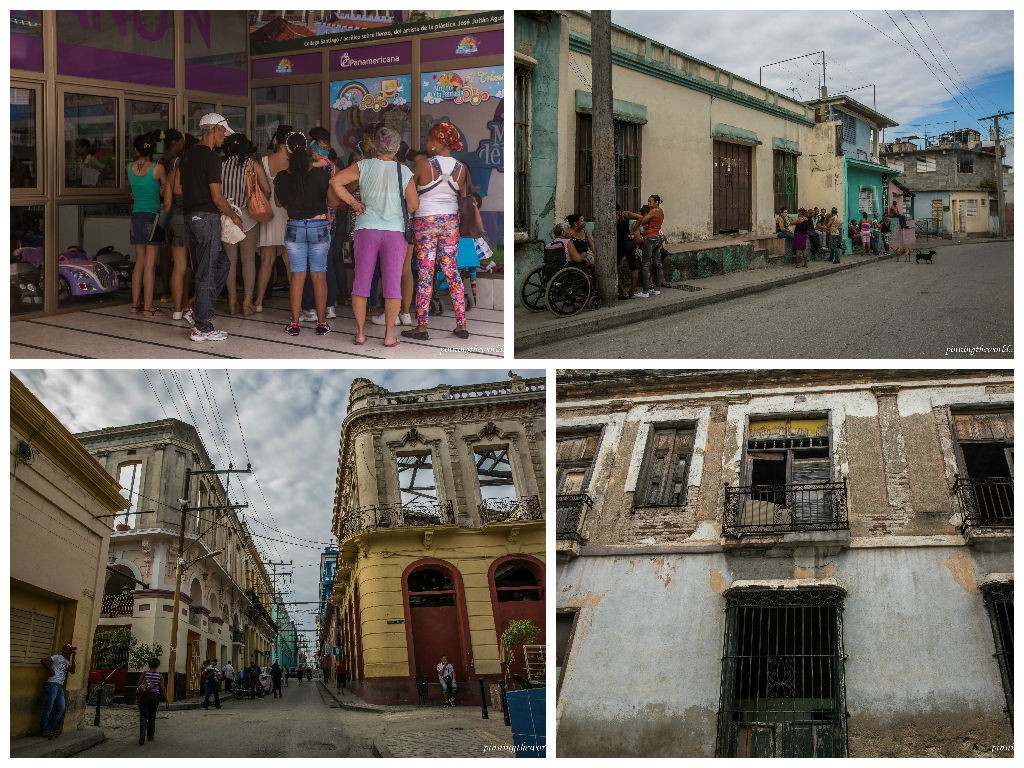
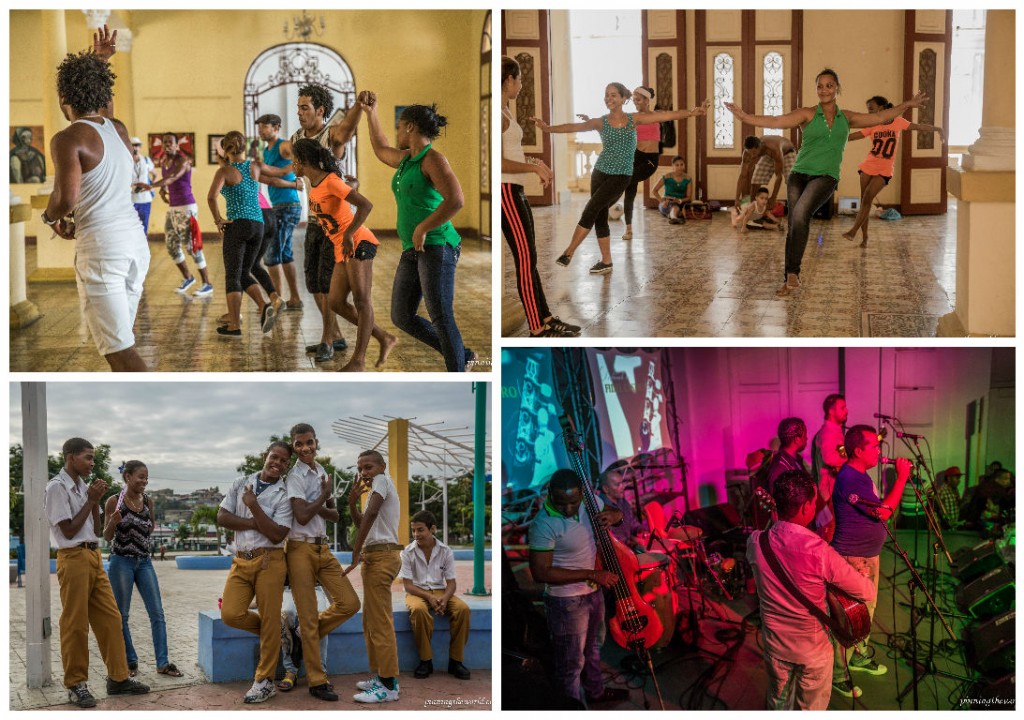
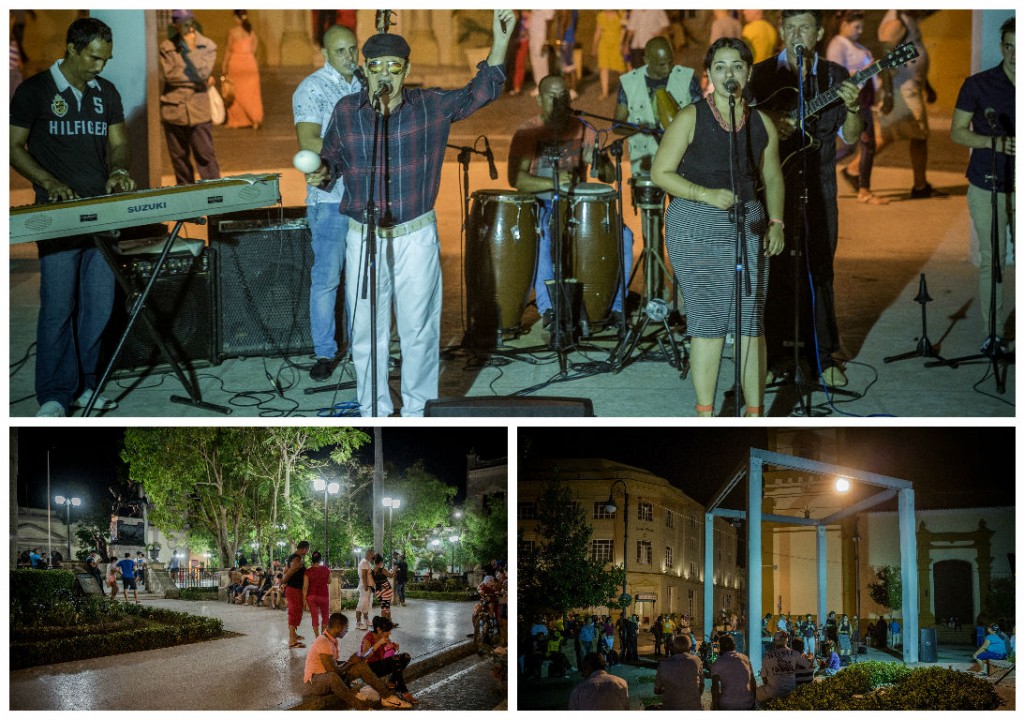
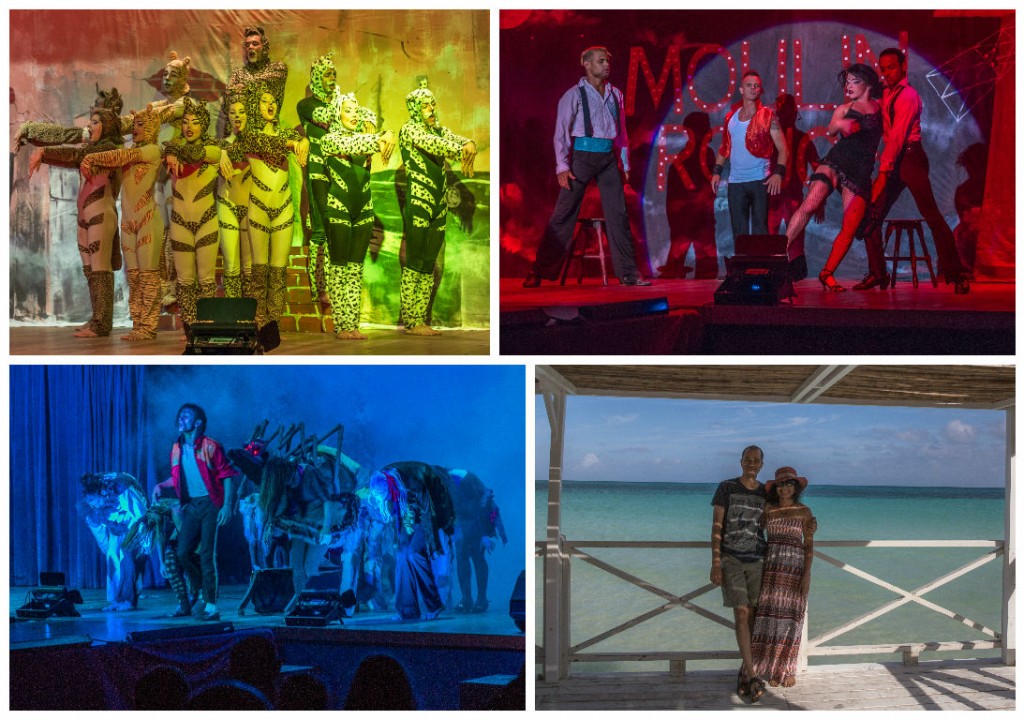
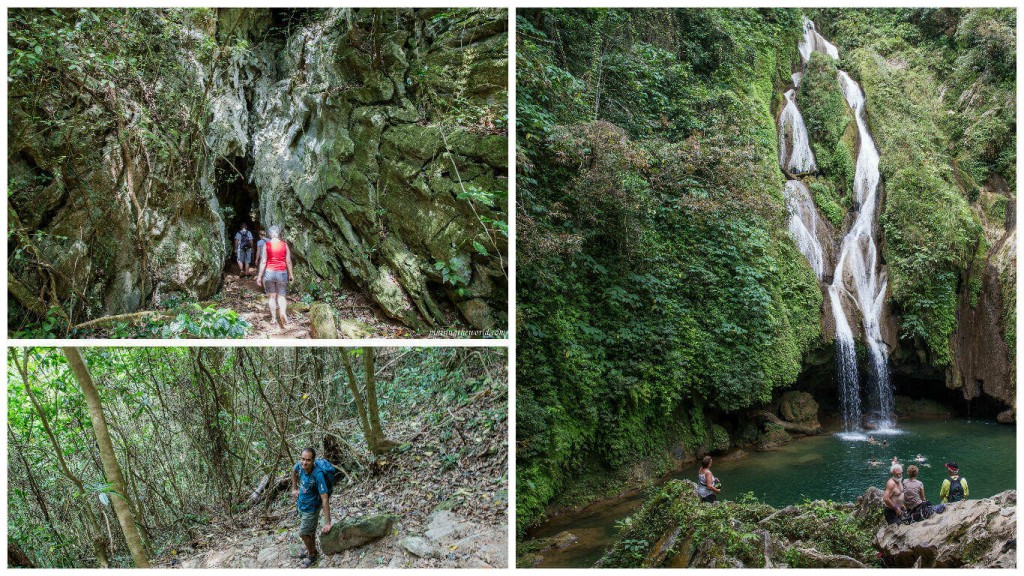
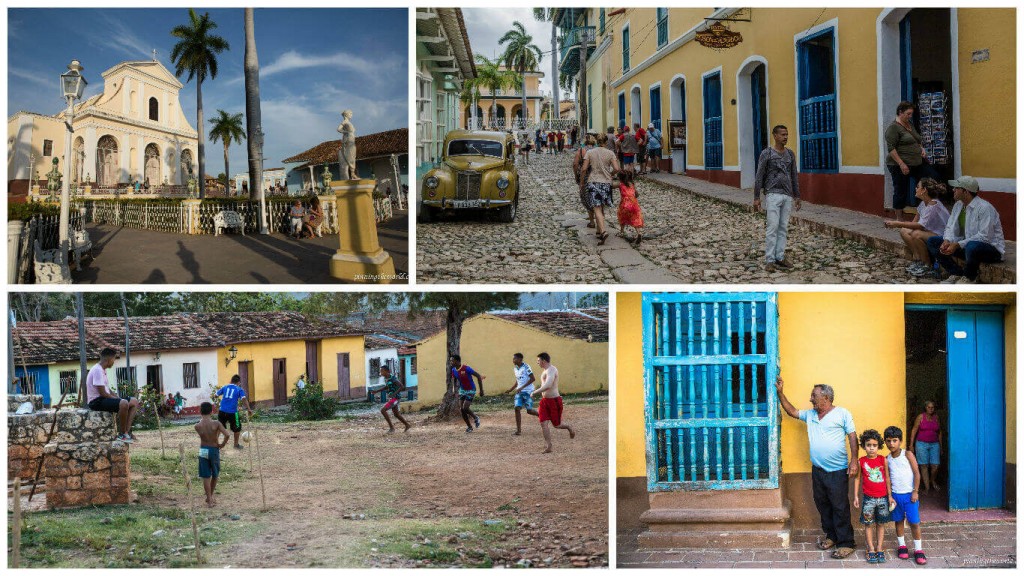
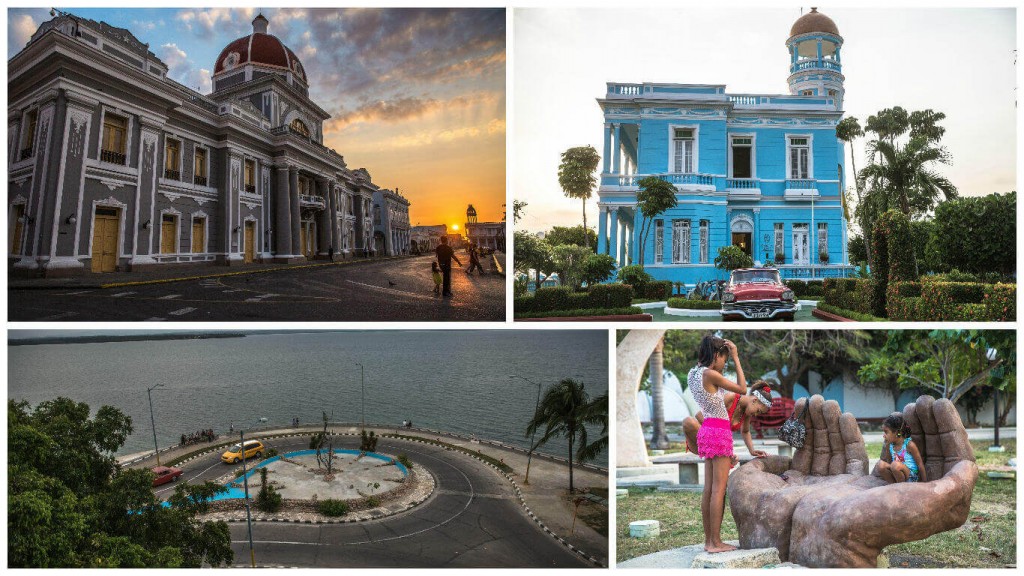
No Comments Yet